Running Of The Bulls 2016: The Best Photos From San Fermin Festival In Pamplona, Spain
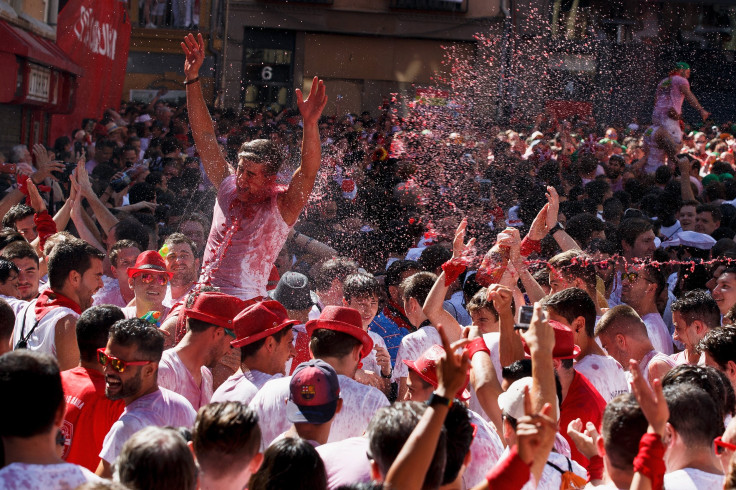
Large crowds with red handkerchiefs descended on Pamplona, Spain, Wednesday for the start of the annual San Fermin festival commonly known as the Running of the Bulls.
The annual fiestas attract approximately 1 million tourists each year as revelers douse themselves in wine and sing and dance in the city’s narrow cobblestone streets. Also known as the Encierro, the festival runs from July 6 to July 14 this year.
The festivities kicked with the launch of a firework rocket called the “Chupinazo.” Starting Thursday, the first of eight bull runs, also known as “encierros,” will begin at 8:00 a.m. local time. People brave Pamplona’s narrow streets racing with six bulls for 930-yards until they reach the city’s famous bull ring. Once the bulls arrive at the ring, they face off against matadors.
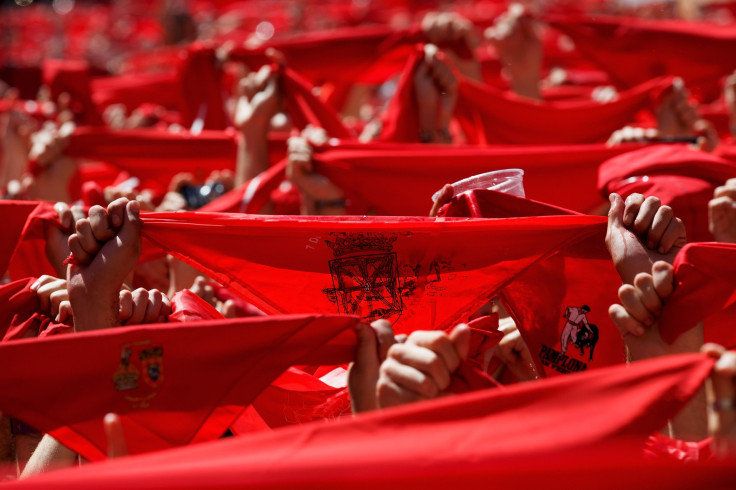
American writer Ernest Hemingway captured the scenes of the fiestas in his 1926 novel “The Sun Also Rises” making the running of the bulls a famous event. Despite its recent global fame, it is believed the event could date back as far as the 13th century. Originally, the event was a way to herd bulls from their corrals into the bull ring.
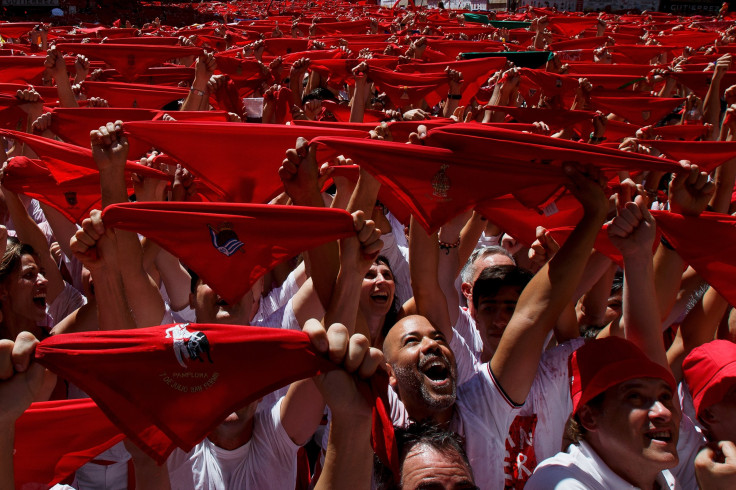
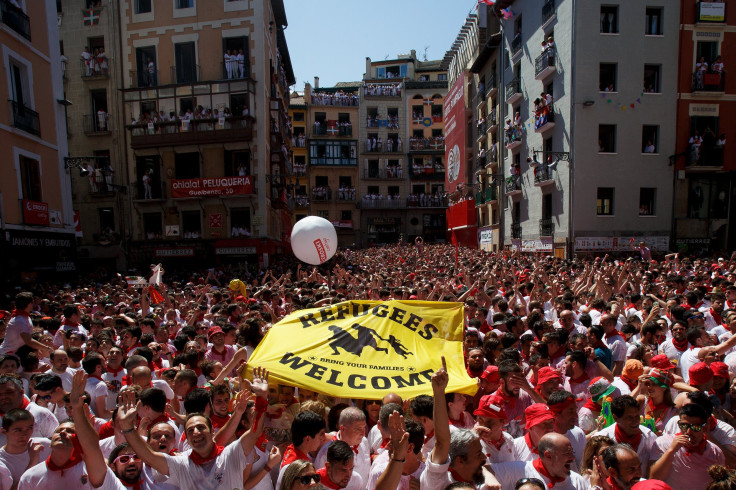
Celebrations meant to honor San Fermin, the patron saint of Navarra, the region where Pamplona is located in northern Spain, have also become intertwined with the festival.
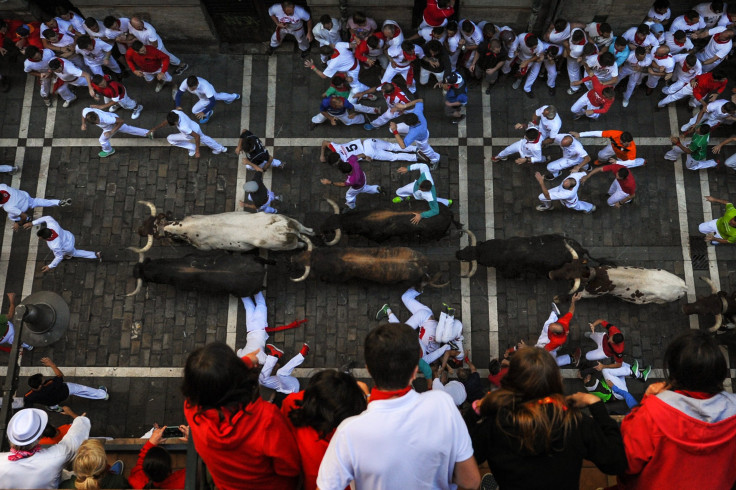
Since record keeping began in 1924, 15 people have been gored to death during the festival, the Associated Press reported. Last year four Americans were injured during the festival. Many people sustain injuries when they are trampled by other runners. People under the age of 18 are not allowed to take part in running with the bulls.
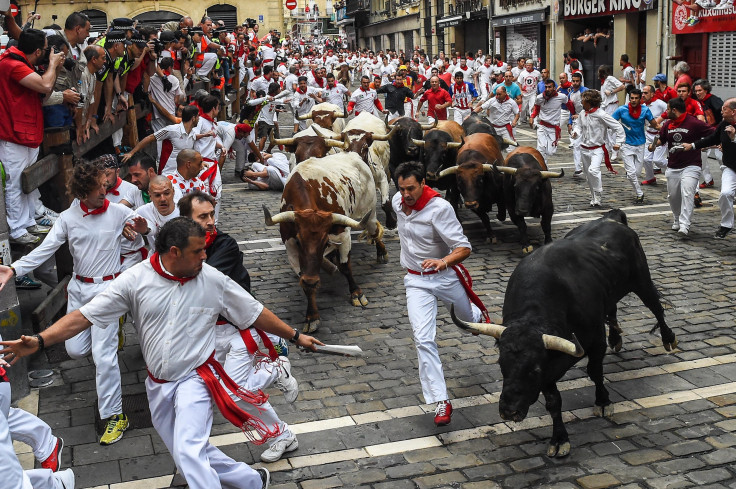
Animal rights activists protested the start of the festival Tuesday covering themselves in fake blood in Pamplona’s main square. Activists from People for the Ethical Treatment of Animals (PETA) and AnimaNaturalis wanted to draw attention to the “cruelty” animals undergo during the festival. Each year approximately 54 bulls die, the Huffington Post reported. Veterinarians have examined the suffering of the bulls in recent years. Some of the methods employed by matadors and their assistants to kill the bulls have been banned in European Union slaughterhouses, Vox reported.

© Copyright IBTimes 2024. All rights reserved.






















